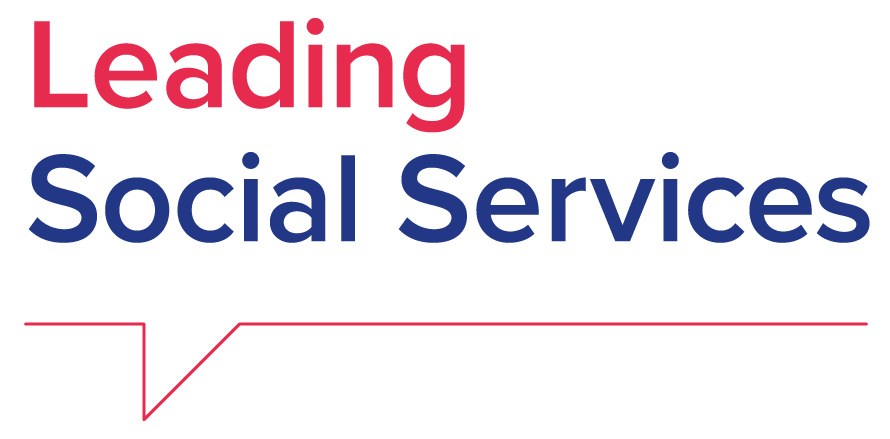RECOMMENDATION
Investment in social services should be prioritised to enhance the quality and accessibility of family-based care. Developing standards of family-based care services and introducing innovative alternative foster care solutions, including comprehensive support for children and foster parents or guardians, would improve the effectiveness of foster care placements. Establishing various foster family and guardianship options and implementing more flexible financing models can help address the children's unique needs and provide optimal care. Moreover, improved coordination among relevant agencies, such as the courts, social services, and out-of-family care support centres, is imperative to ensure seamless support for foster families and children in their care.
SOCIAL SERVICES LEGAL AND POLICY FRAMEWORK
Right to access social services ✅
Articles 3 and 6 of the Social Services and Social Assistance Law acknowledge people’s right to access social assistance and social services.
Definition of social services ✅
Social services are defined in Article 2 of the Law on Social Services and Social Assistance as social work, philanthropic social work, social care, social rehabilitation, and vocational rehabilitation services. Those subcategories are further defined in Article 1 and Article 3.
National catalogue of social services ❌
While there is no national catalogue of social services, the Law on Social Services and Social Assistance defines all social services available for people in need. By the end of 2024, the Law on Social Services and Social Assistance is anticipated to define a mandatory basket of social services available in all municipalities. The government has already approved a draft of amendments to the law, which is currently under consideration by the Parliament.
Strategic plan for social services ✅
Two national strategic plans govern social services development:
1. The Social Protection and Labour Market Policy Guidelines 2021- 2027 is a long-term strategy defining strategic objectives and performance indicators on areas such as deinstitutionalisation, social services for people leaving long-term social care and social rehabilitation institutions, and accessibility for persons with disabilities.
2. The Social Services Improvement and Development Plan 2022-2024 is a short-term policy planning document for social services improvement and development, defining a time plan and responsibilities for implementation.
Responsibilities of national/ regional/ local authorities 🤝
Planning
Planning is the responsibility of the national level, also involving representatives of social services in municipalities and the Association of Local Municipalities. Besides the minimum threshold, municipalities decide the range of social services in their specific municipality. Financing Social services are mainly financed from local government budgets, except for some social services, which are the state’s responsibility.
Delivery / Inspection
The delivery of social services is primarily the responsibility of local authorities. The inspection of social services is the responsibility of the Ministry of Welfare at the national level but it must be also monitored by the purchaser, which is usually the municipality.
Private/third-sector organisations
Private/third-sector organisations are mainly social services providers who partner with the public sector. For example, in Riga, approximately half of the social services budget is spent through contracts with social services from private and third-sector organisations. It is up to the municipality to contract out services. Not all municipalities are contracting out their services.
SOCIAL SERVICES EXPENDITURE
COVERAGE
Workforce
1,761 social work specialists in 2023 (*including social workers, social assistants, social carers, and social rehabilitators)
Source: Ministry of Welfare, 2023
Long-term care for older people
394,918 older people aged 65+ / 21 % of total population
36,485 older people aged 65+ receiving LTC / 9 % of the total number of older people


Source: Official Statistics Ministry of Welfare, 2023
Long-term care for people with disabilities (PWD)
204,158 PWD: / 11.3 % of the total population
12,136 PWD receiving LTC: 12,136 / 6 % of PWD

Source: Official Statistics Ministry of Welfare, 2023
Child protection services
5,286 children in alternative care in 2023

Women’s support
907 women receiving support against domestic violence in 2023
15 crisis centres supporting \/women victims of domestic violence in 2023
Homelessness and social housing
1,451 accommodation places for homeless people in 2023
77 accommodation places for homeless people per 100,000 inhabitants in 2023
- Number of people on waiting lists for social housing (2023): 5,022 (3,819 for municipal rental apartments and 1,203 for municipal social apartments)
- Number of social housing built (2023): 0



